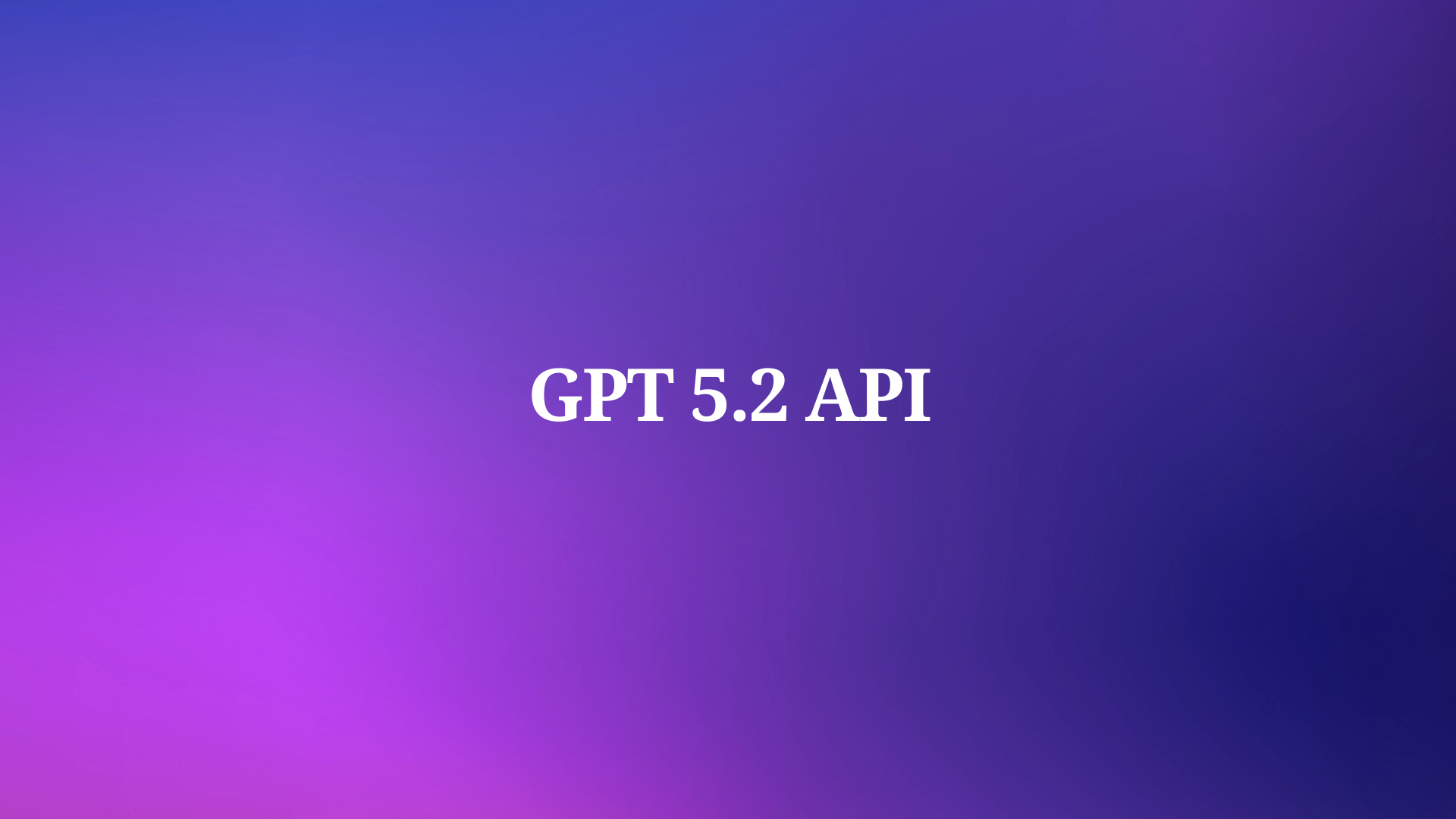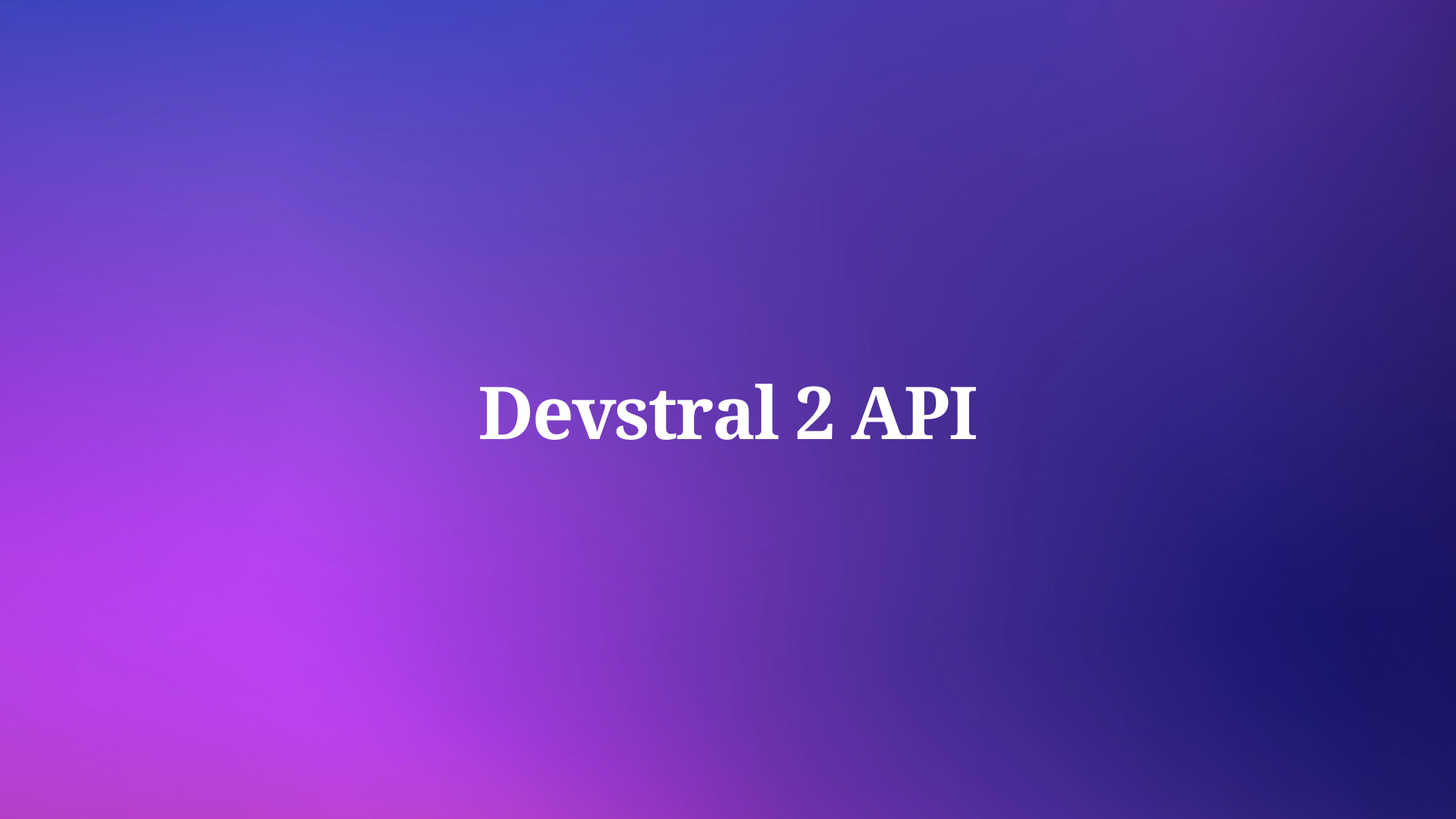Rate limiting in APIs is like a traffic cop managing the flow of vehicles on a busy road. It's a crucial tool that ensures fair access to resources and prevents misuse or overloading of systems. In this article, we'll explore the concept of rate limiting in APIs, why it's important, different strategies for implementing it, and how to effectively put it into practice.
Here's what we'll cover:
- Understanding Rate Limiting
- Basic Components of Rate Limiting
- Rate Limiting Strategies
- Implementation Techniques
- Tools and Services
- Best Practices and Considerations
- Conclusion
Prerequisites
This is a beginner's guide that should be relatively easy to follow. But to fully understand and get the most out of it, a basic understanding of an API is essential. Assuming we're in the same phase, let's move on to learn more about what rate limiting is.
Understanding Rate Limiting
- What is Rate Limiting? : Rate limiting is a method used by APIs to control the number of requests a client can make to the server within a specified timeframe. It sets boundaries on how often a client can access the API endpoints, preventing it from overwhelming the server with too many requests at once.
- Why is Rate Limiting Necessary in APIs? : Imagine a scenario where one user sends hundreds of requests per second to an API, while others barely make any requests. Without rate limiting, this could lead to unfair resource allocation, slow response times, and even system crashes. Rate limiting ensures equitable access to resources for all users and protects the stability and performance of the API. Most importantly it helps reduce DDOS attacks.
Basic Components of Rate Limiting
- Requests: Actions performed by clients, such as sending data or fetching information from an API.
And talking about requests, you can check out Apidog for a better and smoother way to send and receive API requests, test APIs, and even document APIs.

- Rate Limits: Constraints defined by the API provider, specifying the maximum number of requests allowed within a given timeframe.
- Enforcement Mechanisms: Techniques used to enforce rate limits and manage incoming requests, such as throttling or blocking excessive requests.
Rate Limiting Strategies
- Fixed Window Strategy: The fixed window strategy sets a predetermined time window during which the rate limit is enforced. For example, if the rate limit is set to 100 requests per minute, the client can make up to 100 requests within that minute before hitting the limit. However, once the window resets, the client can make additional requests.
- Sliding Window Strategy: Unlike the fixed window strategy, the sliding window strategy tracks requests over a rolling timeframe. It continuously evaluates the number of requests made within a specific time window, allowing for a more dynamic approach to rate limiting. This means that clients can make requests at a steady rate without being penalized for occasional spikes in traffic.
- Token Bucket Algorithm: The token bucket algorithm is a flexible approach to rate limiting that allocates tokens to clients based on their request frequency. Each client is assigned a token bucket with a certain capacity, representing the maximum number of requests they can make within a given timeframe. As clients make requests, tokens are consumed from their bucket. Once the bucket is empty, the client must wait for it to refill before making additional requests.
Implementation Techniques

Now that we've talked about what rate limiting is, & have a better understanding of it and how it helps keep our APIs safe, it's time to talk about how to implement it.
Implementing rate limiting involves incorporating mechanisms into your API infrastructure to enforce rate limits and manage incoming requests. There are several techniques for implementing rate limiting, each with its advantages and considerations.
- Client-Side Rate Limiting: Client-side rate limiting involves implementing rate-limiting logic directly within the client application. This approach allows clients to proactively manage their request rate and avoid exceeding the rate limit imposed by the API server. However, client-side rate limiting relies on the client's cooperation and can be bypassed if not implemented securely.
Advantages:
- Immediate Feedback: Clients receive immediate feedback on their request rate, allowing them to adjust their behavior accordingly without waiting for server responses.
- Reduced Server Load: By preventing excessive requests before they reach the server, client-side rate limiting helps reduce unnecessary server load and conserve resources.
Considerations:
- Security: Client-side rate limiting relies on the cooperation of clients, making it vulnerable to manipulation or bypassing by malicious users.
- Client Variability: Client-side rate limiting may not be suitable for all clients, especially those beyond the control of the API provider, such as third-party integrations.
2. Server-Side Rate Limiting: Server-side rate limiting is implemented within the API server infrastructure, providing centralized control and enforcement of rate limits. This approach offers stronger protection against abuse and ensures consistent enforcement across all clients.
Advantages;
- Centralized Control: The server has full control over the rate-limiting process, allowing for consistent enforcement and policy management.
- Security: Server-side rate limiting is more secure and resistant to manipulation compared to client-side implementations
Considerations
- Performance Overhead: Implementing rate-limiting logic on the server may introduce additional overhead, impacting performance and scalability.
- Scaling Challenges: Scaling server-side rate limiting mechanisms to handle high volumes of requests and distributed architectures can be challenging.
3. Hybrid Approach;
A hybrid approach combines both client-side and server-side rate-limiting techniques to leverage the strengths of each approach. Clients enforce rate limits locally, while the server provides an additional layer of protection and enforcement.
Advantages;
- Flexibility: Hybrid approaches offer flexibility, allowing clients to manage their request rate while benefiting from centralized control and enforcement provided by the server.
- Resilience: Combining both client-side and server-side mechanisms increases resilience and mitigates the risk of abuse or failure in one component.
Considerations
- Complexity: Implementing a hybrid approach may introduce additional complexity, requiring careful coordination and integration between client and server components.
- Overhead: Balancing the load between client-side and server-side rate limiting mechanisms requires careful tuning to avoid unnecessary overhead or bottlenecks.
Bonus - Tools and Services:

Various tools and services offer rate-limiting capabilities, simplifying implementation and management for API providers. API management platforms provide built-in rate-limiting features as part of their service offering. Additionally, CDN providers often include rate-limiting capabilities for client-side assets, offering protection and performance benefits for web applications.
By choosing the right implementation technique and leveraging available tools and services, API providers can effectively manage API usage, prevent abuse, and ensure fair access to resources for all users. Each technique has its trade-offs and considerations, so it's essential to evaluate them in the context of your specific requirements and constraints
Best Practices and Considerations:
Implementing rate limiting in APIs requires careful planning, consideration of various factors, and adherence to best practices to ensure effectiveness, fairness, and security.
Rate limiting plays a crucial role in maintaining the stability, reliability, and security of APIs. Adhering to best practices and considering key factors can help API providers optimize performance, prevent abuse, and deliver a seamless experience for users.
- Choosing the Right Rate-Limiting Strategy: Selecting the appropriate rate-limiting strategy is essential for achieving the desired balance between resource allocation, fairness, and performance. Consider factors such as the nature of the API, expected traffic patterns, and infrastructure constraints when selecting a rate-limiting strategy.
- Setting Effective Rate Limits: Strike a balance between accommodating legitimate usage and preventing abuse by setting appropriate rate limits based on the API's capacity and resources.
- Handling Rate Limiting Errors Gracefully: When rate limits are exceeded, it's essential to provide clear and informative error messages to clients. Effective error handling helps clients understand the reason for the limit exceeded and provides guidance on adjusting their behavior accordingly.
- Monitoring and Analytics for Rate Limiting: Implement robust monitoring and analytics tools to track API usage, detect anomalies, and fine-tune rate-limiting parameters for optimal performance. Monitoring allows API providers to identify trends, identify potential issues, and make informed decisions to improve rate-limiting effectiveness.
Conclusion:
Rate limiting is a critical component of API management that ensures fair usage and prevents abuse. API providers can maintain stability, reliability, and performance while accommodating diverse usage patterns by implementing rate-limiting strategies such as fixed windows, sliding windows, or token bucket algorithms. With careful planning and consideration of best practices, rate limiting can be effectively implemented to safeguard API resources and provide a seamless experience for users.
We've learned a lot from this article, and I hope you enjoyed it as I did while writing it.
If you have any questions, don't hesitate to reach out to us, and we'll assist you.



